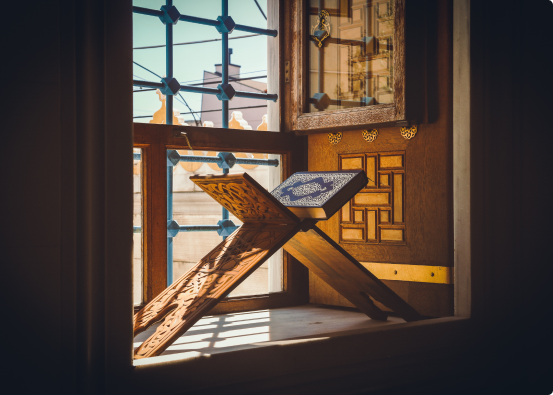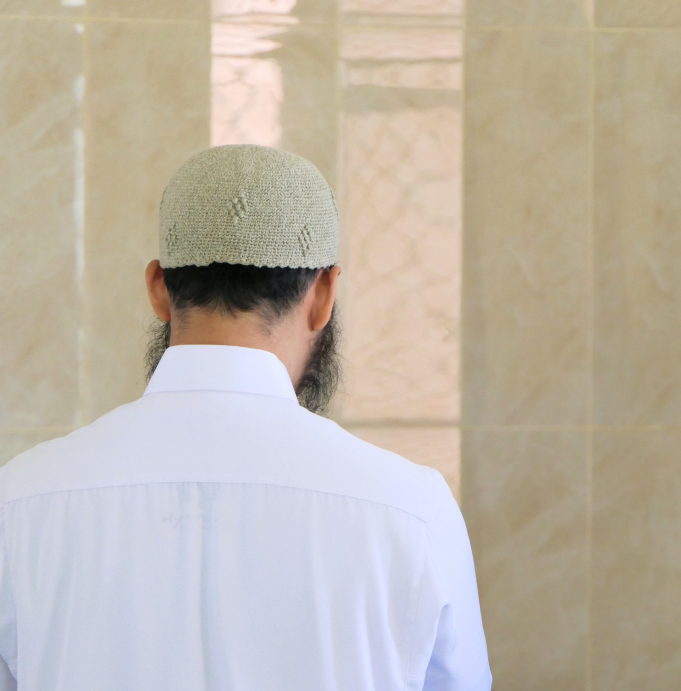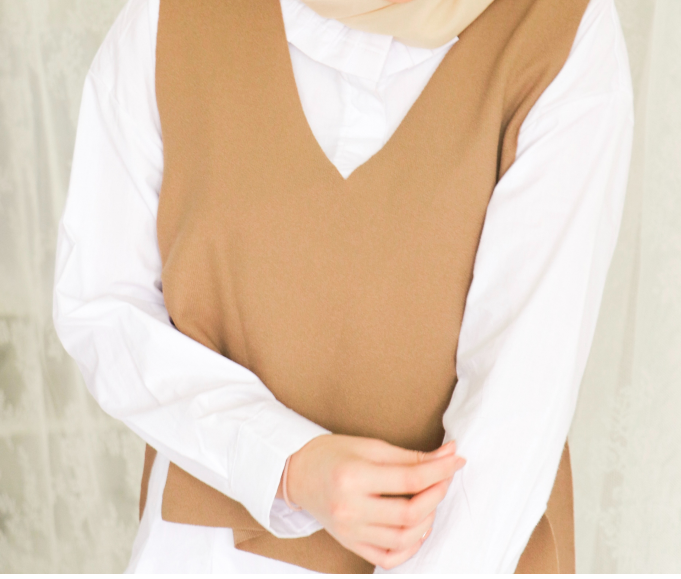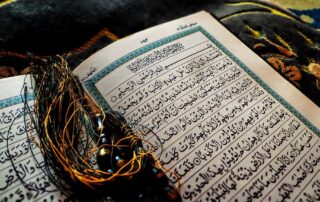

Beginners Course
Subscribe for The beginners’ course with a specific teacher and schedule your session today!

Beginners Course
Subscribe for The beginners’ course with a specific teacher and schedule your session today!

Explore Topics
Salah (pray)
Salah is the second of five pillars of Islam. Performing Salah five times daily is compulsory for all Muslims past puberty, which is the age of legal responsibility. Women are exempted from pray during their periods.

Salah is the second of five pillars of Islam. Performing Salah five times daily is compulsory for all Muslims past puberty, which is the age of legal responsibility. Women are exempted from pray during their periods.
It gives us an opportunity to communicate with ALLAH, remember HIM, show our gratitude to HIM, with the act of prostration being the moment we are closest to HIM. Salah is a gift for every believer and it is the first thing we are accounted for on the Day of Judgement.
We’ve put together this brief guide as an easy way for beginners to learn how its performed.
Timings
You can easily find the correct Salah (Prayer) time for your
location by using Adhan apps.
Fajar – Prayed at Dawn
Dhur – Prayed at midday
Asr – Prayed in the afternoon
Maghrib – Prayed at sunset
Ishaa – Prayed at night
Prerequisites
Clean Clothes – One must wear clean clothing and ensure that a minimum, covers your awrah. The awrah for men is to cover everything from and including the navel to the knees.

Clean Clothes – One must wear clean clothing and ensure that a minimum, covers your awrah. The awrah for men is to cover everything from and including the navel to the knees. Women must cover everything from head to toe, except the hand, feet and face.
Clean space – Salah requires a clean space (like on a prayer mat). Men in Islam are required to pray in the mosque and women have an option to pray at home or in mosque only if there is a dedicated space for women.
Wudu
Performing wudu is the first, essential step of Salah and is itself an act of worship, that’s why it’s important to make sure it’s done correctly. Make sure not to waste water and know that your wudu washes away minor sins.
Performing wudu is the first, essential step of Salah and is itself an act of worship, that’s why it’s important to make sure it’s done correctly. Make sure not to waste water and know that your wudu washes away minor sins.
1. Begin by saying ‘Bismillah’.
2. Wash your hands up to the wrists thoroughly three times.
3. Rinse your mouth three times, swirling the water around and rinse your nose three times, blowing the water out using the left hand to remove the water from your nose. The secret of this sunnah is that it lets you check if the water is pure and clean enough to use for wudu!
4. Make your intention that you are now performing the fard (obligatory) actions of wudu.
5. Wash your face three times, from the hairline to the chin and from ear to ear, making sure the whole face, eyebrows, under the nose and lips are washed. A man should wash the hair of his beard. If his beard is thin, he should make sure water reaches the skin, and if it is thick he should wash the surface and run his wet fingers through it.
6. Wash your arms and hands from your fingertips up to your elbows three times. It is essential to remove anything that could prevent the water from reaching the skin i.e. dough, mud, paint etc.
7. Wipe your head starting with your hands at the front of your head, bringing them to the back of your head and then back to the front again. With regards to a woman’s hair, she should wipe it from the front of her head to the roots of the hair at the nape of her neck. She does not have to wipe the entire length of her hair.
8. Wipe your ears by putting your index fingers in your ears and wiping the back with your thumbs. Its preferable to use fresh water for this.
9. Wash your feet three times up to the ankles, making sure to wipe in between your toes with your little finger. Don’t forget the back of your ankles.
10. Finish your wudu with the du‘a – ’Ash-hadu an laa ilaaha ill-Allaahu wahdaHu laa shareeka laH, wa ash-hadu anna Muhammadan ‘abduHu wa RasooluH. Allaahumma-j‘alni minat-tawwabeen wa-j‘alni minal-mutatahhireen.’
‘I bear witness that none has the right to be worshipped but Allah Alone, Who has no partner; and I bear witness that Muhammad is His servant and Messenger. O Allah! Make me among the repentant and make me among those who purify themselves.’ [Tirmidhi]
Qiblah
One must stand and face Qiblah (Direction of Kaaba in Makkah) for Salah. All mosques are built facing Kaaba.There are many smart-phone free apps which will tell you the Qiblah direction, using the compass on your smart-phone, in case you are not praying in a mosque.
How to Pray
Begin by making your intention for the Salah usually silently. This could be done in any language as it is not the part of the salah.From making this intention until the end of your Salah, focus completely on ALLAH and praying to HIM
Now that our wudu has been properly made, you have done your intention, we can proceed and begin to pray salah. To understand the steps of the salah it is important to understand that the prayer is made up of rakah, or units of prayer. Every rakah has the same basic steps within it.
The part where you are Standing
The part where you Recite from the Quran (Fatihah)
A part when you bow down (Ruku)
3 – A part where you prostrate (make sujud)
13 Steps to pray
1. Intenion – We first began the prayer by making an intention from the heart to pray to ALLAH. As soon as you begin, your entire focus should be on the prayer itself and nothing else.
2. Raising Hands – Raise your hands to your ears and say ‘ALLAHu Akbar” The moment you say “ALLAHu Akbar” the prayer will officially begin. From this point forward you should focus wholeheartedly on the prayer and do your best to ignore all distractions.
3. Lower your hands and place them over your naval. Your right hand should be placed over your left hand
4. Keep your eyes focused on the ground in front of you. Although it is not obligatory, it is also highly recommended to read the following dua (supplication) after saying ALLAHu Akbar:
subhanakal-lahumma wabihamdika watabarakas-muka wataa ‘ala jadduka wala ilaha ghayruka.
How perfect you are, O ALLAH. I praise you How blessed is Your name How lofty is Your position And none has the right to be worshipped but You. 5-Recite the opening chapter of the Quran The first chapter of the Quran is called Surah Fatihah. You will begin by saying this Arabic phrase:
5-Recite the opening chapter of the Quran The first chapter of the Quran is called Surah Fatihah. You will begin by saying this Arabic phrase:
A’auodu billaahi minash-shaytaanir rajeem
‘I seek refuge in ALLAH from the accursed Shaytan (devil).’
And then begin to recite the chapter verse by verse in Arabic:
Bismillaahir ar-Rahmani ar-Raheem Al hamdu lillaahi rabbil ‘alameen Ar-Rahmani ar-Raheem Maaliki yawmid deen Iyyaaka na’aboodu wa iyyaaka nasta’een Ihdeenas siraatal mustaqeem Siraatal ladheena an ‘amta’ alayHIM Ghayril maghduubi’ alayHIM waladawleen
In the name of GOD, the infinitely Compassionate and Merciful. Praise be to ALLAH, Lord of all the worlds. The Most Gracious, the Most Merciful. Master on the Day of Recompense (Judgement Day). You alone do we worship, and You alone do we ask for help. Guide us on the straight path, The path of those who You have bestowed favor, not of those who have evoked [Your] anger or of those who are astray.
After reciting Surah Fatihah, you can recite another chapter from the Quran. However, at a minimum you must recite Surah Fatihah in every raka’at of prayer.
6-Bow down. This is known as the ‘ruku’ As you are bowing down say ‘ALLAHu Akbar’. Make sure to keep your back straight, your hands on your knees, and your eyes focused on the ground where you will be prostrating. When you are in this position you will say this sentence three times:
Subhanna rabbeeyal adheem
‘How perfect is my Lord, the Magnificent’
7- Return to standing up again As you are rising up from the ruku position to a standing position you will bring your hands to your ears and will say:
Samee ALLAHu leeman hameeda
‘ALLAH hears those who praise HIM’
And when you are standing upright then lower your hands to your waist and say:
Rabbana walakal hamd
‘Our Lord, to You is all praise’
8- Go down to perform prostration. This is known as ‘sujud’ As you are moving into this position say ALLAHu Akbar. And also make sure your forehead, nose, palms of both hands, knees, and both toes are touching the ground
9- Say this phrase while in sujud (prostration) Say this sentence three times:
Subhanna rabbeeyal ‘alaa
How perfect is my Lord, the Most High
10- Rise up from sujud and sit for a moment say ALLAHu akbar as you rise from sujud and then sit on your left leg. Your left foot will rest on the floor while your right foot is upright. Place your hands on your knees.When you are in this position it is recommended to ask ALLAH for forgiveness. A simple and easy dua you can say is:
Rabbigh-fir lee
O my Lord, forgive me.
11- Return to the position of sujud You will repeat step 9 again and perform a second sujud and say subhanna rabbeeyal ‘alaa three times again.
12- Arise from the sujud to return to the standing position and say ALLAHu Akbar Congratulations, you have just completed one full rakah! The first rakah of every prayer is performed with these twelve steps. When you reach the end of the second rakah you will perform the tashahud, or a step
13- Perform the tashahud at the end of every two rakah Instead of standing up after the two sujud, this time around you will sit on your legs and knees again. You will raise your right index finger and say:
At Tahiyyaatu lilaahi was Salawaatu wat tayibaatu Assalaamu ‘alaika ayyuhan nabiyyu wa rahmatu ALLAHi wa barakaatuh Assalaamu ‘alaynaa wa ‘alaa ‘ebaadillaahis saaliheen, Ash hadu allaa ilaha illa ALLAH Wa ash hadu anna Muhammadan ‘abduhuu wa rasuuluh.
ALLAHumma salli ‘ala Muhammadin wa ‘ala aali Muhammad Kamaa salayta ‘ala Ibraaheem wa ‘ala aali IbraHIM Innaka Hameedun Majeed Wa baarik ‘ala Muhammadin wa ‘ala aali Muhammad Kamaa baarakta ‘ala Ibraaheem wa ‘ala aali IbraHIM Innaka Hameedun Majeed
All compliments, prayers and pure words are due to ALLAH. Peace be upon you, O Prophet, and the mercy of ALLAH and His blessings. Peace be upon us, and on the righteous slaves of ALLAH. I bear witness that none has the right to be worshipped except ALLAH, and I bear witness that Muhammad is His slave and Messenger.
If this is the final rakah in the prayer then you will add this part to the tashahud:
O ALLAH, send prayers upon Muhammad and upon the family (or followers) of Muhammad, Just as You sent prayers upon Ibrahim and the family (or followers) of Ibrahim, Verily, you are full of Praise and Majesty. O ALLAH, bless Muhammad and the family (or followers) of Muhammad as You blessed Ibrahim and the family (or followers) of Ibraaheem, Verily, you are full of Praise and Majesty.
The ‘tasleem’: after reciting the second part of the tashahud, you will say the “tasleem.”
The tasleem is to look to your right and say:
Assalamu alaykum wa rahmatu ALLAH
And then to look to the left and say it again:
Assalamu alaykum wa rahmatu ALLAH
Upon saying the tasleem the prayer will have come to an end.
Note: All of Fajr prayer must be read out loud for men praying in congregation.Dhur and Asr prayers must be made in complete silence even in congregation. The first two (2) rakahs of Maghrib and Ishaa should be read out loud and the remaining are to be read in silence.
Video Demo of Prayer
SHAHADAA BLOGS
Quran
Throughout time, ALLAH sent many Prophets to guide humanity to worship HIM alone. In essence the message has been the same from the first Prophet Adam to the final Prophet Mohammed (PBUH), in that humanity have been asked to worship one GOD and one GOD alone.
FASTING-SAUM
Every year in the month of Ramadan (the ninth month of the lunar year), all Muslims fast from dawn until sundown, abstaining from food
PILGRIMAGE – HAJJ
If a Muslim can afford to, is well and has no debt upon his neck, ALLAH has made the pilgrimage to Makkah obligatory, once in his life.





